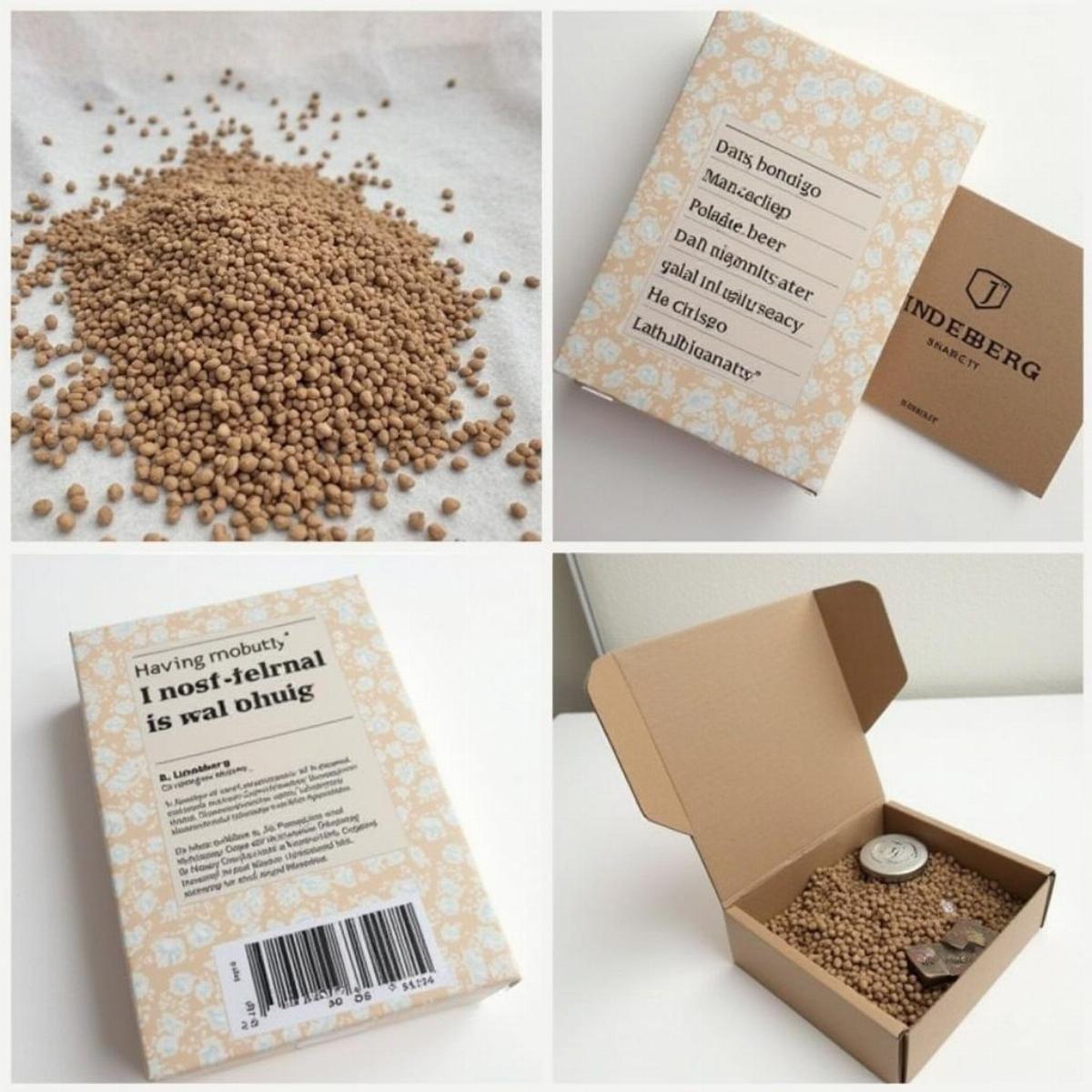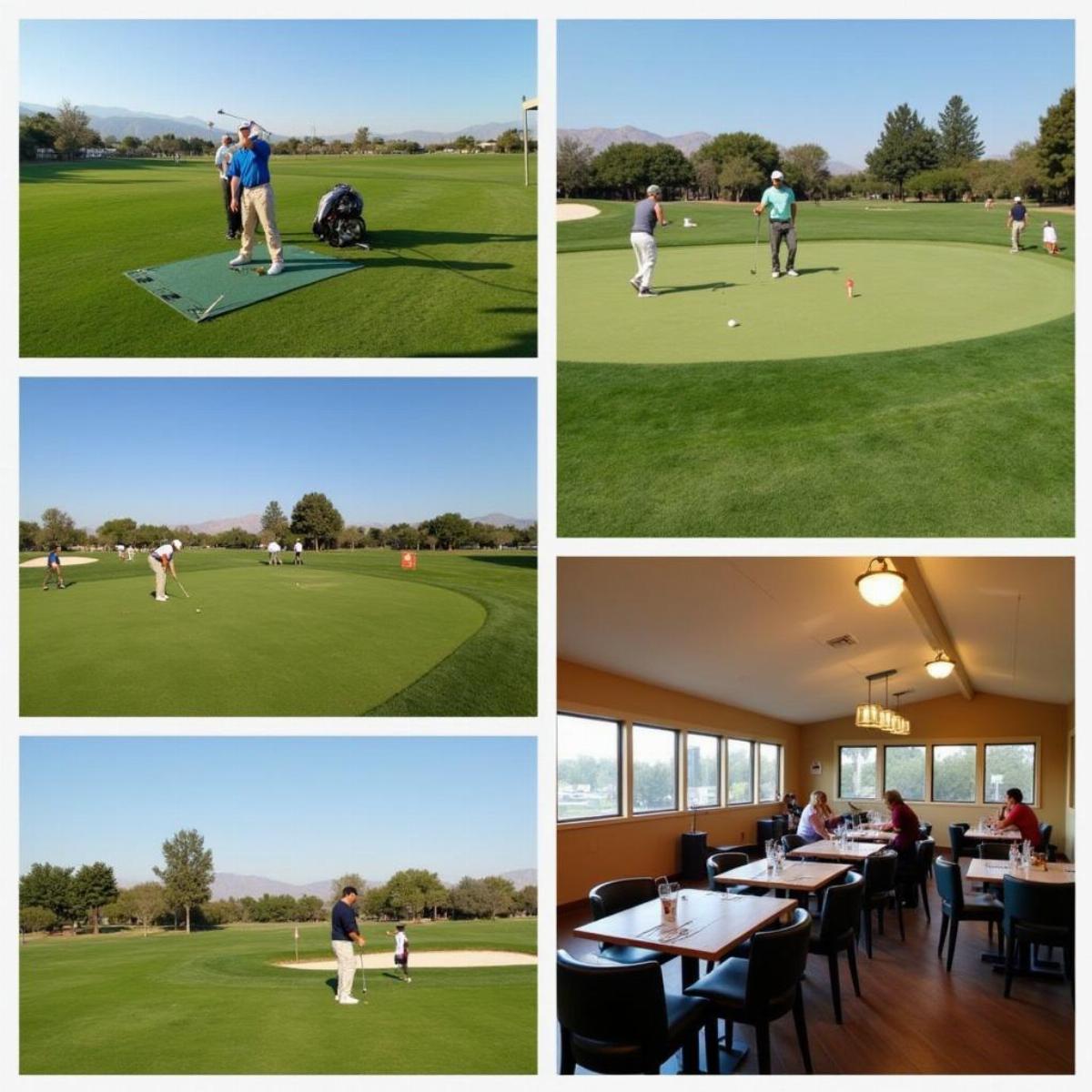Coto de Caza, a stunning gated community nestled in the heart of Orange County, California, offers more than just a scenic landscape; it provides an exceptional lifestyle that many desire. One of the primary features that attract residents and families to this area is the exclusive membership options it offers, particularly for its golf courses and community amenities. If you’re curious about the Coto de Caza membership cost, you’ve come to the right place. Let’s dive into all the details you need to know!
What is Coto de Caza?
Coto de Caza is renowned for its beautiful year-round weather, luxurious homes, and top-notch amenities. Established in the late 1970s, it has evolved into one of Southern California’s most desirable communities. Featuring scenic trails, two championship golf courses, a vibrant equestrian center, and exclusive clubhouse facilities, it’s easy to see why people are drawn to this masterpiece of suburban living.
Types of Membership Available
Coto de Caza offers several membership options tailored to suit various lifestyles. Below are some specific types of memberships available:
1. Golf Membership
This membership is ideal for golf enthusiasts who want to enjoy access to both the North and South courses.
- Initiation Fee: Typically around $20,000
- Monthly Dues: Approximately $450
- Additional Fees: Cart fees, guest fees
2. Social Membership
For those who want to enjoy amenities without golfing, a Social Membership is a good choice.
- Initiation Fee: Approximately $5,000
- Monthly Dues: $200
- Features: Access to the clubhouse, dining services, and recreational activities
3. Junior Golf Membership
Designed for younger players looking to get into the game.
- Initiation Fee: Usually around $3,000
- Monthly Dues: $150
- Ages: Typically for those under 40 years old
4. Equestrian Membership
For equestrian enthusiasts, the Coto de Caza Equestrian Center offers a unique opportunity.
- Initiation Fee: $1,500
- Monthly Dues: $100
- Features: Access to facilities, riding events, and training
Summary Table of Membership Costs
| Membership Type | Initiation Fee | Monthly Dues |
|---|---|---|
| Golf Membership | $20,000 | $450 |
| Social Membership | $5,000 | $200 |
| Junior Golf Membership | $3,000 | $150 |
| Equestrian Membership | $1,500 | $100 |
Additional Considerations
When assessing the Coto de Caza membership cost, consider the following:
- Annual Assessments: Members may be subject to assessments to cover any major maintenance, improvements, or unexpected costs.
- Discounts: Some programs may offer discounts for family memberships or early sign-ups.
- Guest Policies: Often, there are restrictions and fees for bringing guests onto the property; these can add up if you’re hosting friends or family regularly.
What Makes Coto de Caza Special?
One of the main appeals of Coto de Caza is the enhanced lifestyle it promotes. Residents enjoy:
-
Resort-Style Amenities: The community features fitness centers, pools, tennis courts, and beautiful hiking and biking trails.
-
Events and Activities: Throughout the year, Coto de Caza hosts various events, ranging from holiday celebrations to casual socials, promoting a sense of community among members.
-
Security and Privacy: Being a gated community means added peace of mind, which is invaluable for many residents.
-
Stunning Nature: The area is rich in natural beauty, offering picturesque views and an abundance of outdoor activities.
Is Membership Worth It?
When considering whether to invest in a Coto de Caza membership, think about your personal lifestyle and interests. If you frequently enjoy golfing or wish to take advantage of exclusive community amenities, the membership might be a worthwhile investment. Additionally, think about your long-term plans; many residents find meaningful connections within the community, enhancing their overall quality of life.
Member Testimonials
To better illustrate the benefits of membership, here are some testimonials from current members:
“Joining Coto de Caza changed my life! Not only do I have access to stunning golf courses, but I’ve also made lifelong friends. The community feel is unbeatable!” – Jennifer T., Golf Member
“Coto de Caza has become my sanctuary. It’s not just a home; it’s a lifestyle that promotes wellness and connections.” – Mark L., Social Member
Navigating Membership Costs
When budgeting for a Coto de Caza membership, keep the following strategies in mind:
- Utilize Payment Plans: Some memberships offer flexible payment arrangements to spread out the initial costs—check with the membership office.
- Consider Family Options: Some memberships offer family discounts; ensure to inquire if applicable.
- Calculate the ROI: Determine how often you’ll use the facilities and events versus the cost—if you’re a frequent visitor, the value adds up quickly.
 Coto de Caza Golf Course
Coto de Caza Golf Course
Key Takeaways
- Coto de Caza offers a range of memberships: Golf, Social, Junior Golf, and Equestrian.
- Membership costs vary significantly depending on the type, with initiation fees ranging from $1,500 to $20,000 and monthly dues between $100 and $450.
- Additional costs may include annual assessments and guest fees, so be aware of these when budgeting.
- The community provides a range of amenities and lifestyle benefits that enhance the living experience.
- Consider your personal lifestyle when making a decision about membership; it could add significant value to your life.
FAQ Section
1. What is the average cost of a Coto de Caza membership?
- The average cost varies by membership type but generally falls between $1,500 and $20,000 for initiation fees.
2. Are there annual fees associated with the membership?
- Yes, monthly dues and annual assessments may apply, so it’s essential to factor these into your budget.
3. Can I use my membership to host guests?
- Yes, but fees typically apply for guest access, and there may be restrictions.
4. Is there a trial membership available?
- It’s advisable to contact Coto de Caza directly, as they often offer promotions or trial memberships.
5. What amenities are included in a Social Membership?
- Social members can access the clubhouse, dining facilities, and various community events.
6. Are there discounts for family memberships?
- Yes, some membership types may offer family plans or discounts.
7. How does the membership renewal process work?
- Renewal notices are typically sent out a few months before the expiration date; members should follow specific guidelines provided by the club.
8. What type of social events does the community host?
- Coto de Caza hosts numerous social events throughout the year, including holiday celebrations, outdoor movie nights, and seasonal parties.
9. How long does it take for membership approval?
- Membership approval can vary; it might take anywhere from a few days to a couple of weeks, depending on current demand and background checks.
10. What types of activities are available for junior members?
- Junior members have access to golf clinics, social events, and competitions tailored to their age group.
By understanding the Coto de Caza membership cost and lifestyle benefits, you can make a more informed decision on whether this exclusive community fits your needs. Don’t hesitate to reach out to their membership office for the most accurate and current information tailored to your interests!

 J Lindeberg Polos: Style Variations
J Lindeberg Polos: Style Variations J Lindeberg Sustainable Practices
J Lindeberg Sustainable Practices
 Corral de Tierra Golf Course
Corral de Tierra Golf Course Corral de Tierra Clubhouse Event
Corral de Tierra Clubhouse Event 
 Golfer wearing Nike Belt
Golfer wearing Nike Belt Close up of Nike Golf Belt
Close up of Nike Golf Belt
 Colton Golf Course Amenities
Colton Golf Course Amenities Colton Golf Course Lessons
Colton Golf Course Lessons Colton Golf Course Community
Colton Golf Course Community
 Woman golfer wearing luxury apparel
Woman golfer wearing luxury apparel Women's golf accessories
Women's golf accessories
 Spacious and Elegant Colonial Country Club Clubhouse
Spacious and Elegant Colonial Country Club Clubhouse Golfers Participating in a Tournament at Colonial Country Club
Golfers Participating in a Tournament at Colonial Country Club
 Close-up of Golf Shorts Fabric
Close-up of Golf Shorts Fabric Golfer in Proper Attire
Golfer in Proper Attire